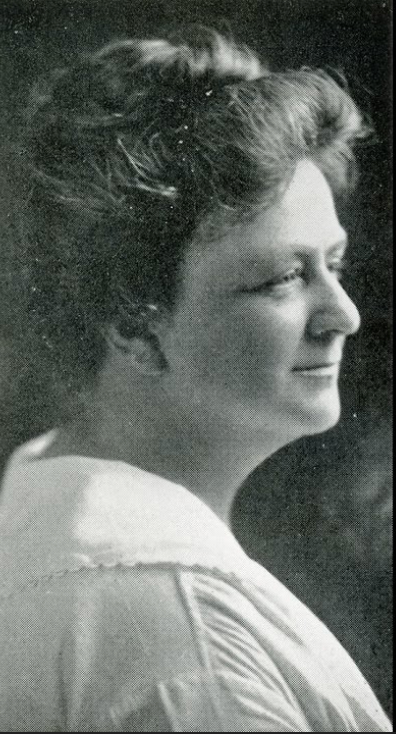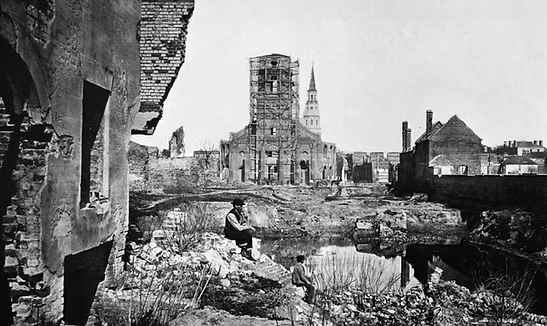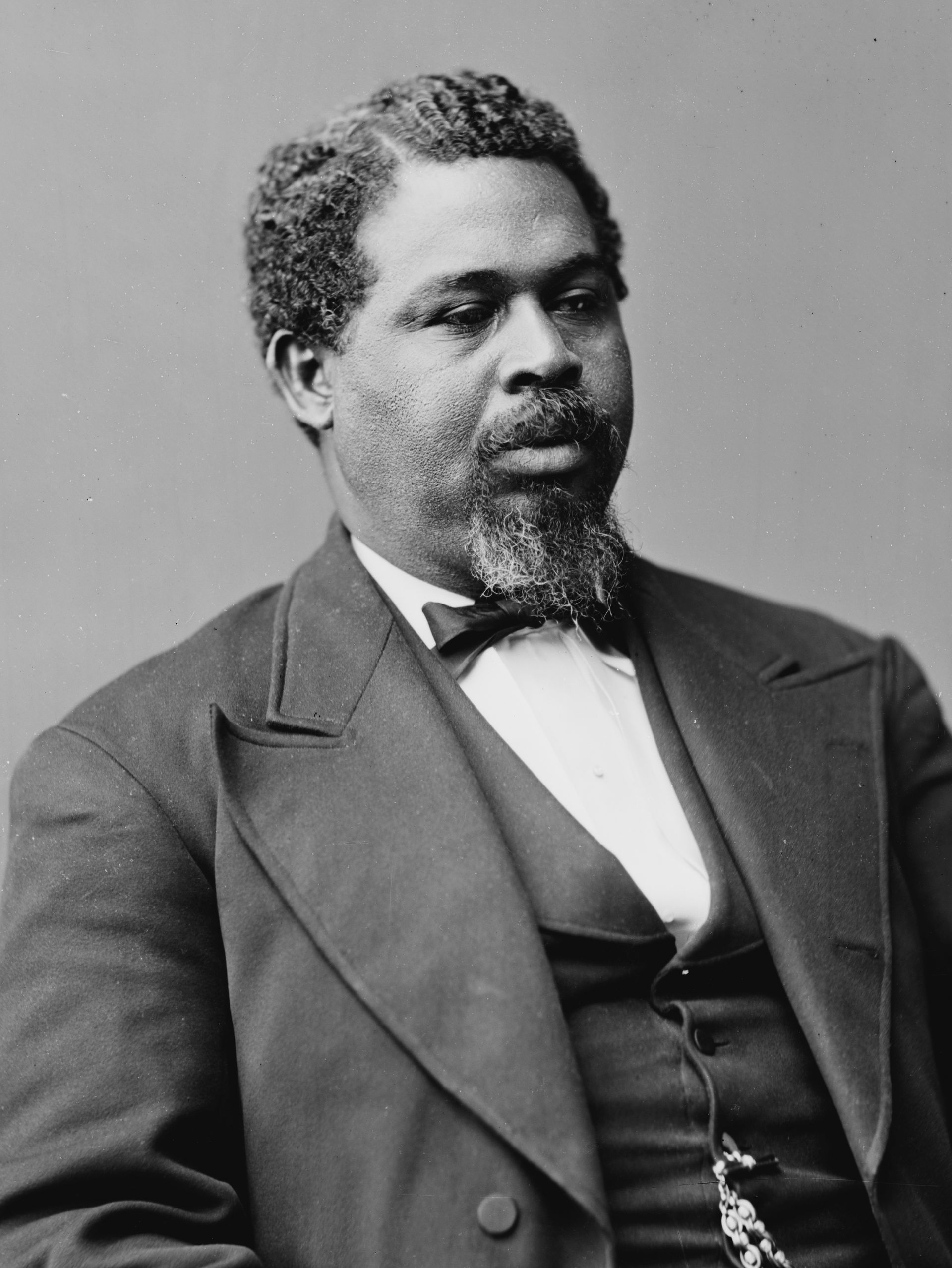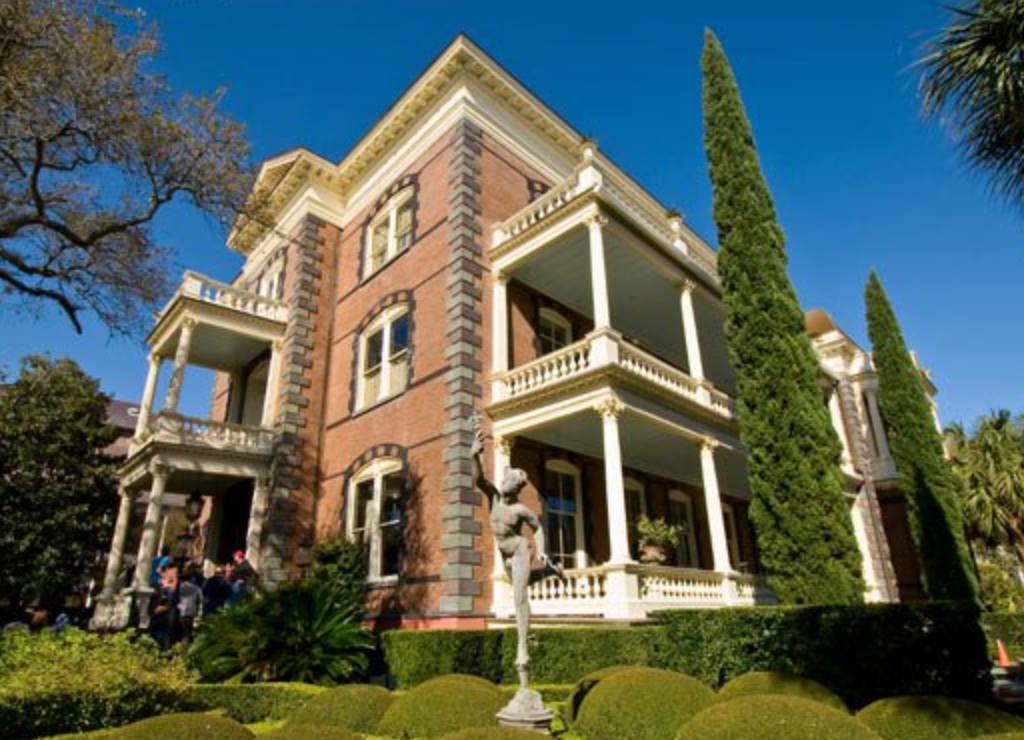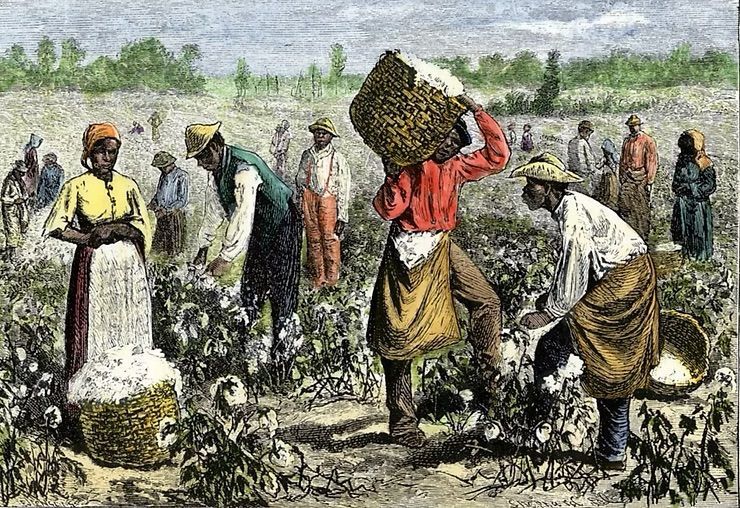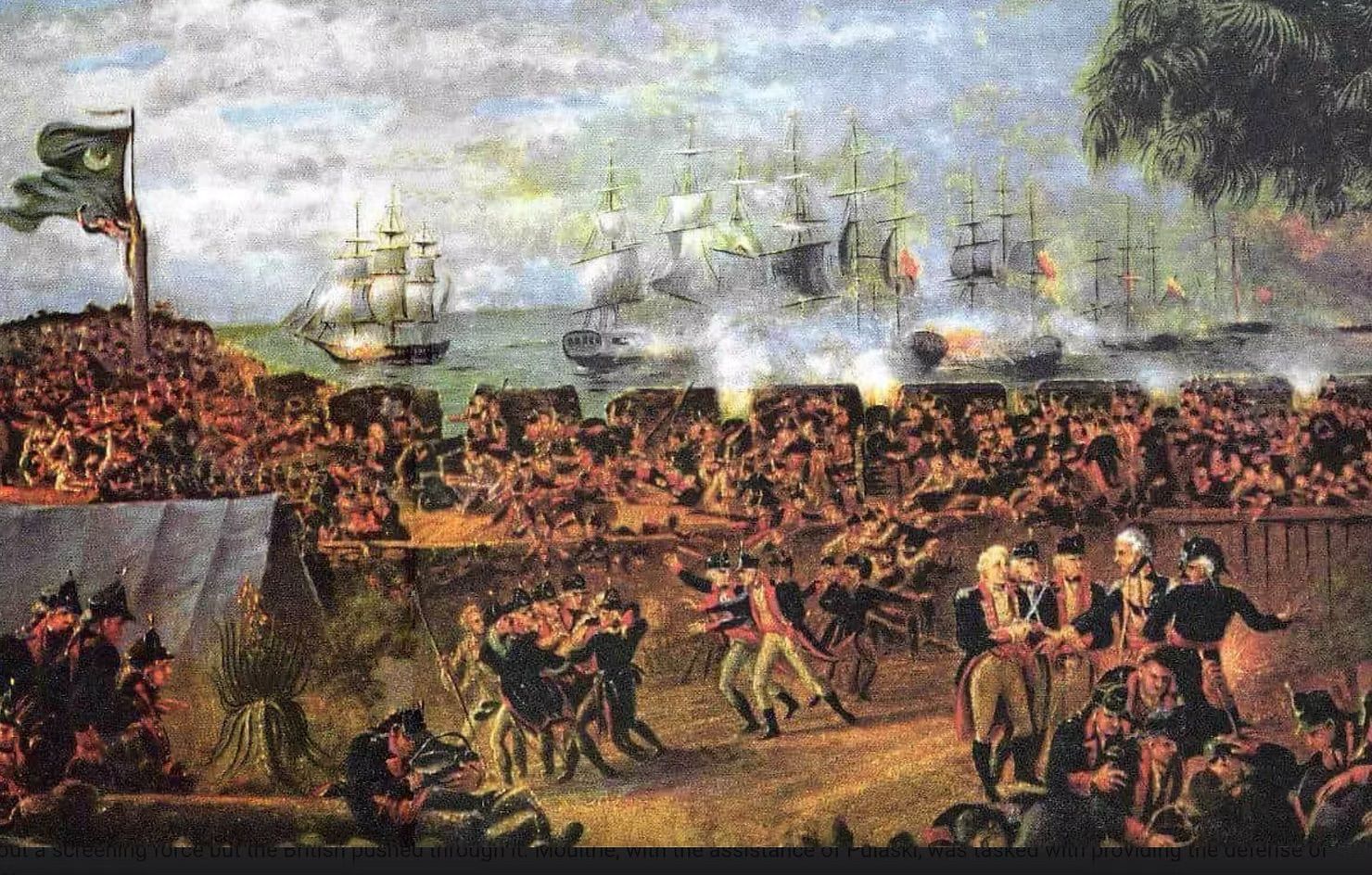Francis Marion - Swamp Fox
Francis Marion - Swamp Fox
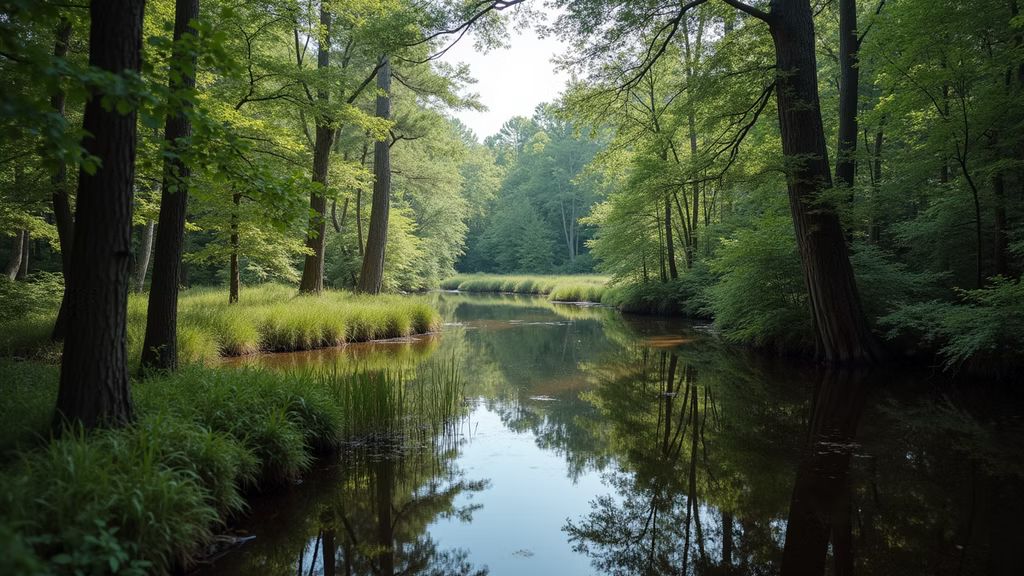
The Swamp Fox: Francis Marion's Revolutionary War Legacy in South Carolina
Francis Marion, often called the "Swamp Fox," is a legendary name in American history, particularly for his role in the Revolutionary War. His innovative guerrilla warfare strategies and leadership significantly contributed to the struggle for independence against British forces. This post explores Marion’s life, military career, and the lasting impact he made, which you can learn more about on a Charleston Revolutionary War tour.
Born in St. John's Parish, South Carolina, Marion developed a keen understanding of the state's lush and challenging landscapes. This knowledge would prove vital in his military efforts. He sharpened his leadership skills during the French and Indian War before joining the South Carolina militia in 1775. By 1780, his forces consisted of around 100 local militiamen, who were deeply familiar with the region.
Guerrilla Warfare and the Battle of Fort Watson
One of Marion's most important contributions was his clever use of guerrilla warfare. Instead of engaging in large, conventional battles, Marion and his troops utilized hit-and-run tactics and surprise ambushes. His deep knowledge of the South Carolina swamps and forests gave him a strategic advantage, earning him the famous nickname "Swamp Fox." These tactics significantly hampered British supply lines and operations.
A key victory for Marion was the Battle of Fort Watson in 1781. By effectively surrounding and laying siege to the British fort, Marion and his forces secured a victory that not only boosted morale but also showcased the success of his unconventional tactics. Following the battle, his forces grew, inspiring more local men to join his cause.
Francis Marion's Lasting Impact on Charleston History
Francis Marion's contributions to the Revolutionary War were instrumental in the fight for liberty. His strategies are still studied by military leaders today. After the war, he was celebrated as a hero, and his legacy is honored with monuments and memorials, including the Francis Marion National Forest in South Carolina.
His story is a powerful reminder of how adaptability and ingenuity can overcome even the greatest challenges. While much of his fighting took place outside of Charleston, his efforts directly contributed to the city's eventual liberation and are a key part of the broader Charleston history narrative.
Experience Francis Marion's Story on a Historic Charleston Tour
Want to learn more about the Swamp Fox and the incredible people who fought for America's independence? Our Charleston history tours bring this era to life, guiding you through the places and stories that shaped our nation. Book your Charleston Revolutionary War tour today and discover the strategic genius of Francis Marion.
